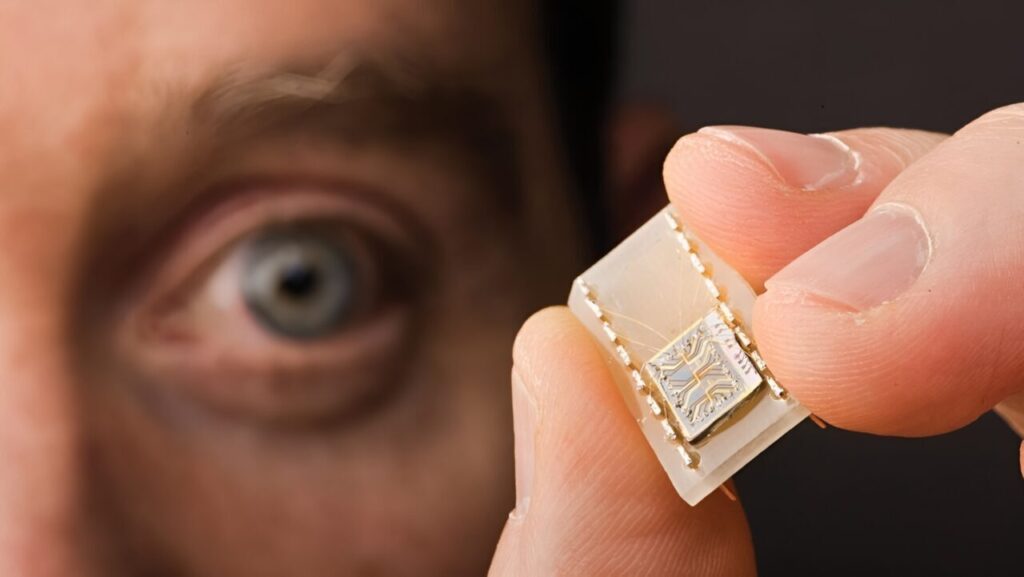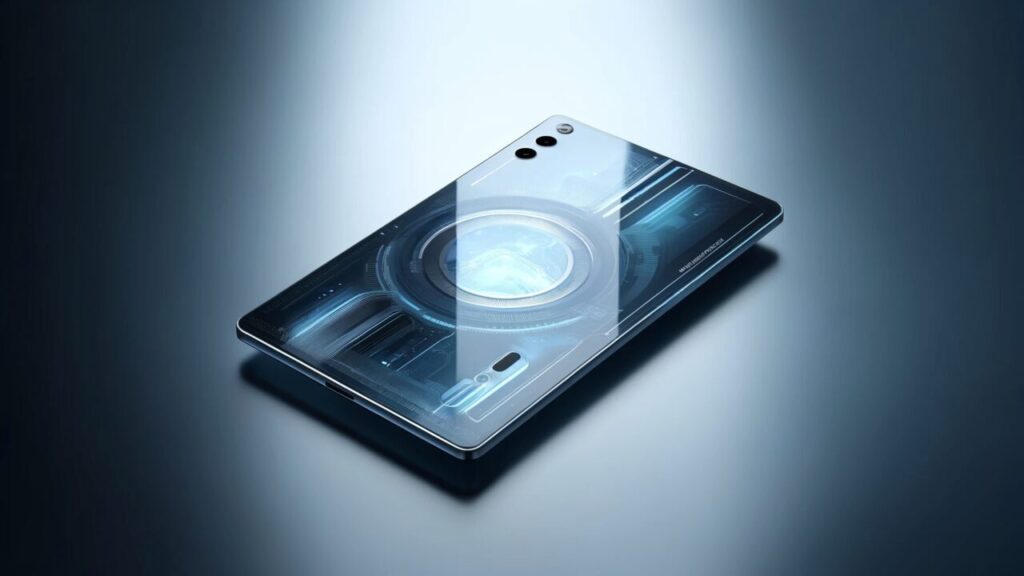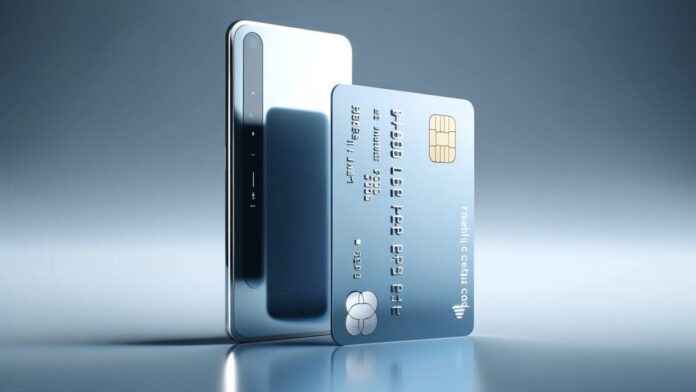Could smartphones become as small as credit cards? The ability to manipulate phonons seems to be paving the way for future devices to shrink in size. Smartphones have become an integral part of our lives, and technology constantly aims to make these devices smaller, faster, and more efficient. While it might sound far-fetched, a recent discovery suggests that the trend of shrinking smartphones could indeed lead to credit card-sized devices. But how is this possible?

Harnessing the Power of Phonons to Produce Credit Card-Sized Smartphones
What are phonons? Phonons are particles that carry high-frequency vibrations in matter. Studies conducted by Arizona University’s Wyant College of Optical Sciences and Sandia National Laboratories indicate that smartphones could shrink to the size of credit cards. At the heart of this new technology lies the ability to manipulate phonons.
This discovery suggests that by controlling phonons, it may be possible to significantly reduce the size of devices while simultaneously increasing energy efficiency. Manipulating phonons opens up possibilities for manipulating sound waves, similar to what has been done with light waves using lasers. Newly developed synthetic materials could potentially replace bulky filters currently used in smartphones, which occupy significant space within the device. These filters are responsible for converting radio waves to sound waves and vice versa but also contribute to the device’s overall volume.

With the development of “giant phononic nonlinearities,” sound waves could be controlled with greater precision, potentially replacing these bulky components within smartphones. This advancement could pave the way for credit card-sized smartphones. Moreover, this technology could lead to smartphones that are not only as thin and lightweight as credit cards but also consume less energy, allowing for longer usage periods.
This technology doesn’t just impact smartphones; it has the potential to transform other technologies as well. For example, smaller and more precise medical sensors could make healthcare more accessible and effective. Additionally, ultra-efficient wireless networks made possible by these new materials could enable self-managed vehicles to communicate more safely and effectively.
The revolution brought about by phononic materials has sparked excitement in the tech world about how it could shrink not only smartphones but many other technologies as well.
Small size and high performance could indeed become the new norm for future electronic devices. What are your thoughts on this? Feel free to share your opinions in the comments below!

